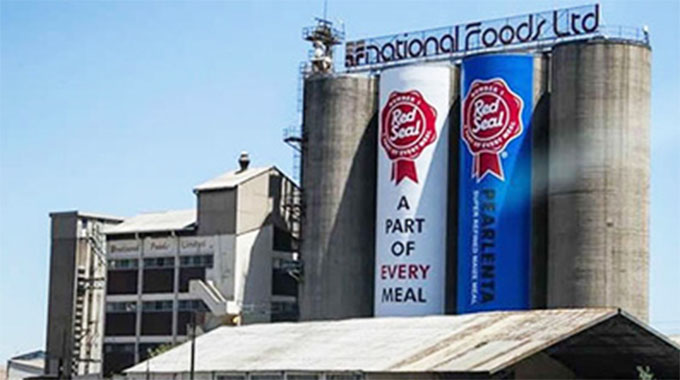Govt, Zimplats resolve land row

Golden Sibanda Senior Business Reporter
ZIMBABWE’s biggest platinum mining firm, Zimplats Holdings Limited, has agreed to release to Government 27 948 hectares of its unexploited platinum rich land in the Ngezi area, Mhondoro, resolving an acrimonious mining land wrangle stretching back to 2013.
The company immediately stressed the fact that the amicable resolution of the matter had enabled it to resolve uncertainty over the security of its mining lease, which has since been renewed for the life of Zimplats’ mining operations.
Government had given notice to compulsorily acquire the land, located within Zimplats’ special mining lease, in September 2013, which the platinum miner disputed and had approached the courts to stop. The mining company had objected to Government’s compulsory land acquisition in terms of the Land Acquisition Act, on May 7, 2013.
But while awaiting determination by the court, Zimplats had continued to engage the Government, meaning following the latest amicable resolution of the issue, the court case automatically falls away.
Government intends to allocate the idle platinum rich land to other investors who have pledged to invest billions into the sector.
According to Government, the platinum mining giant already held enough land to exploit, which it argued the Australian Stock Exchange listed company may not be able to exhaust in 50 years.
Zimplats said the issue of the proposed compulsory acquisition of a portion of its mining lease area and the issue of security of the firm’s mining tenure had been resolved amicably between the company and the Government to the mutual benefit of the parties.
Zimplats said that it had agreed to release to the Government land measuring 23 903 hectares within Zimplats’ mining lease area in support of the Government’s efforts to enable participation by other investors in the platinum mining industry in Zimbabwe.
“Following this release of ground, Zimplats now holds two separate and non-contiguous pieces of land measuring in aggregate 24 632 hectares,” said in a statement released on ASX yesterday.
“Consequently, the operating subsidiary applied for and was granted with effect from 31 May 2018, two separate mining leases over the two pieces of land measuring 6 605 hectares and 18 027 hectares respectively. These mining leases replace the special mining lease, which was due for renewal in August 2019.”
“The two mining leases issued to the operating subsidiary are valid for the life of mine of Zimplats’ mining operations and they secure the operating subsidiary’s mining tenure,” Zimplats added.
Zimplats 25-year special mining lease, which was to expire in 2019, had been granted to its predecessor BHP Minerals Zimbabwe in 1994.
Earlier, in 2006, in terms of the company’s use it or lose it policy, Zimplats gave up ground covering 51 million ounces (about 36 percent of its total resource) out of a total 141 million ounce resource.
Zimplats’ business is the production of platinum group and associated metals from the mineral belt of the Great Dyke in Zimbabwe.
The mine’s ore production in the period was 7 million tonnes (Mt) (2016:6.6 Mt). Matte and concentrate sold during the year to the operating subsidiary’s sole customer, Impala Refining Services Limited, amounted to 555 892 4E oz. (2016: 582 833 4E oz.).
The company is a subsidiary (87 percent shareholding) of one of the world’s leading producers of (PGMs), the South African based and listed Impala Platinum Holdings Limited (Implats), which contributes approximately 25 percent of global platinum output.
The operating subsidiary operates four underground mines and one open pit mine which supply ore to three concentrator modules (2 at Ngezi and other one at Selous), Mashonaland West.
Three of the four underground mines are operating at full production while the fourth one is currently under redevelopment.
Production from the mining operations is processed by the three concentrators and then further refined at Selous where the smelter is located.








Comments